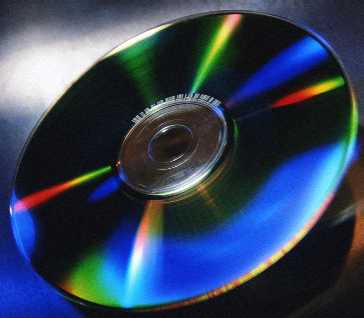
Data storage covers many areas. Anywhere information is stored for later retrieval could be considered "data storage." While it is not the first thing we would think of, a bill board advertisement is data storage. The advertisement (data) is meant to be read (retrieved) by many people. Other examples that might more readily come to mind include check books (storing your financial information), filing cabinets and books, among many others.
What we will attempt to do here is present a (brief) history of data storage, especially as it applies to computers, and outline the current technologies that are used to store data, and their limitations. We also want to discuss the exciting data-storage technologies that are on the horizon. These new technologies will allow data storage to continue to be inexpensive and reliable.
Computers, when it gets right down to it, only have two states which are recognized: on and off. As it processes information, all it really sees are a series of ones and zeros. These ones and zeros are called "bits," and computers are what are called "binary machines," meaning they process ones and zeros, or binary information. So, a character such as S is represented to the computer as 01010011 (8 bits are known as a byte). Pay attention! This will be important later, as this is how computers store data as well.
Long, long ago, and far away...well, that brings us to our history.